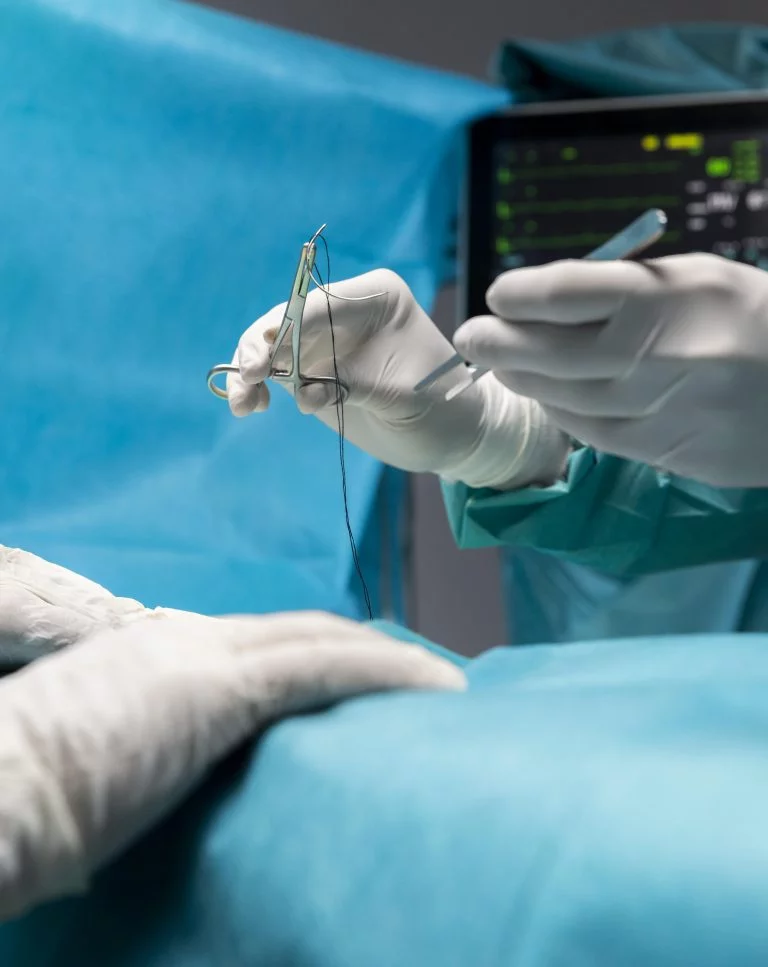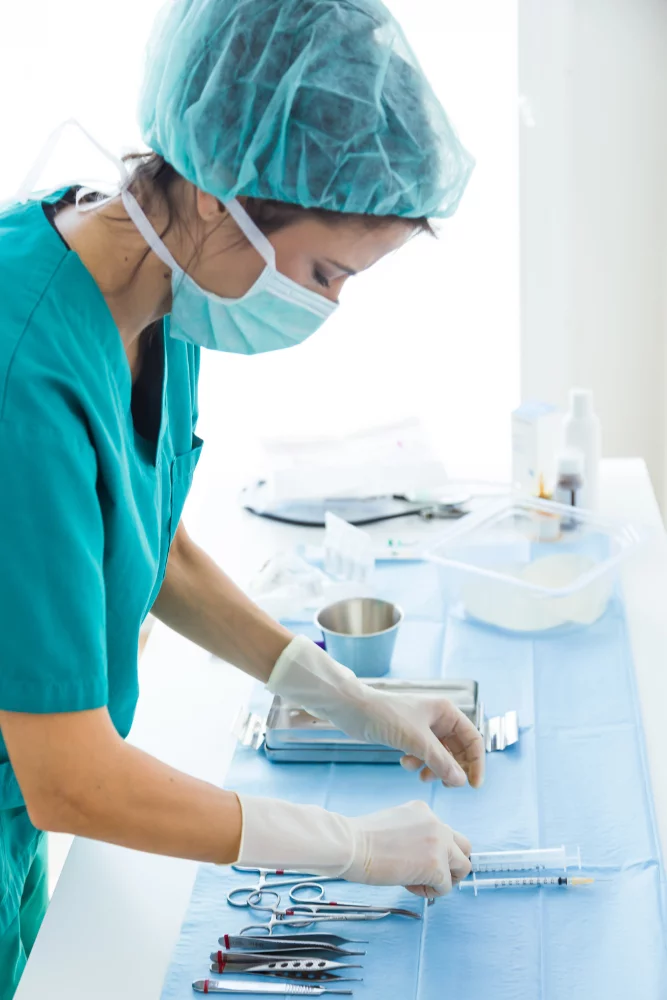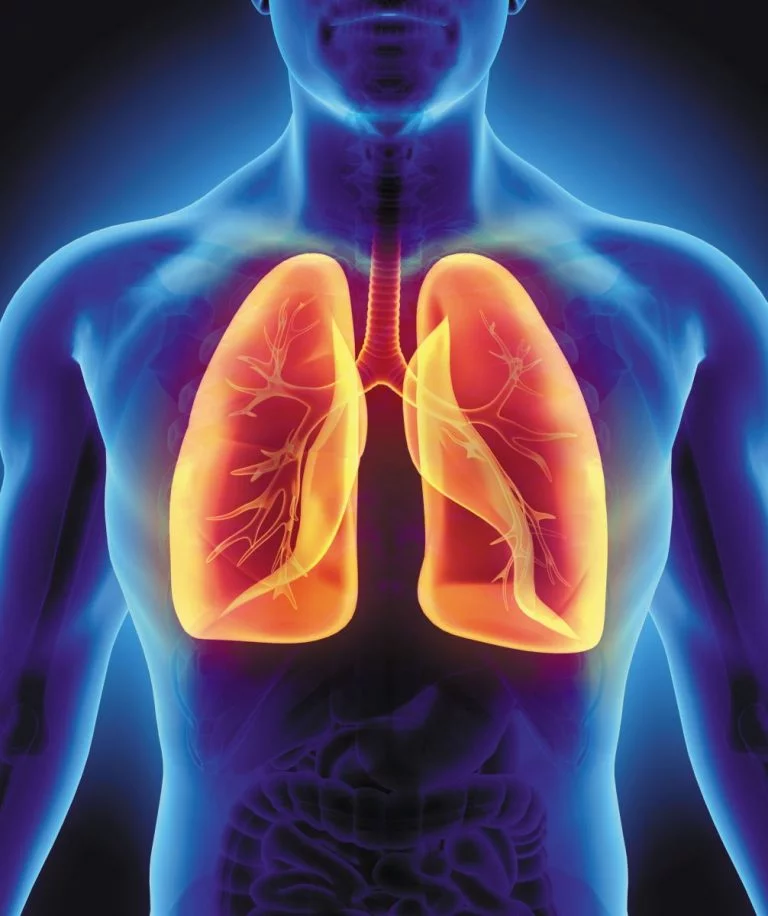Yaşanan gelişmelere bağlı olarak cerrahi yöntemler arasında ön plana çıkan en önemli uygulamalardan biri minimal invaziv cerrahisidir. Minimal invaziv cerrahide, en küçük kesi ile giriş yapılarak, kemik ve dokulara zarar vermeden hastalığın olduğu bölgeye ulaşılması ve gerekli müdahalenin yapılması hedeflenmektedir. Bunun yanında minimal invaziv cerrahisi içerisinde yer alan laparoskopik cerrahi ve robotik cerrahi uygulamaları birçok hastalığın tedavisinde kullanılmaktadır. Bu, hem doktora hem de hastaya ameliyat sırasında ve ameliyat sonrasında birçok avantaj sunmaktadır
İçindekiler Tablosu
Minimally Invasive Surgery
Minimal İnvaziv Cerrahi Nasıl Yapılır?


What is Minimally Invasive?
Halk arasında kapalı yöntem olarak bilinen minimally invasive surgery, küçük kesilerle yapılan ameliyatları ifade eden bir kavramdır. Minimal invaziv cerrahi ile açık cerrahi arasındaki başlıca fark giriş yöntemidir. Minimal invaziv cerrahide küçük kesilerle giriş yapılarak kemik ve dokulara zarar vermeden problemin olduğu bölgeye ulaşılması ve tedavinin gerçekleştirilmesi hedeflenmektedir. Bunun dışında hastalığın tedavisi için gerekli müdahaleler problemin durumu ve niteliğine göre ikisinde de aynı şekilde yapılmaktadır. Bu cerrahiyle yapılan ameliyatlar açık cerrahiyle karşılaştırıldığında özellikle ameliyat sonrasında hastaya daha hızlı ve konforlu bir iyileşme süreci kazandırmaktadır.
Minimal İnvaziv Kalp Ameliyatı Nedir?
Minimal invaziv kalp ameliyatı, göğüs kafesi büyük ölçüde açılmadan, küçük kesilerle gerçekleştirilen modern bir cerrahi yöntemdir. Bu yöntem, açık kalp ameliyatlarına kıyasla hastaya daha az travma yaşatır ve iyileşme sürecini hızlandırır. Geleneksel yöntemlerde olduğu gibi göğüs kemiği tamamen kesilmez, bu da hem fiziksel hem de estetik açıdan önemli bir avantaj sağlar.
Bu ameliyat genellikle kapak hastalıklarının tedavisi, koroner bypass işlemleri veya bazı doğumsal kalp hastalıklarının onarımı gibi durumlarda uygulanabilir. Kullanılan özel cerrahi aletler ve teknolojiler, küçük kesilerden kalp bölgesine erişim sağlar. Genellikle göğsün yan tarafında birkaç santimetrelik bir kesi yapılarak bu bölgeden işlem gerçekleştirir.
Minimal İnvaziv Kalp Ameliyatına Hangi Hastalar Uygundur?
Minimal invaziv kalp ameliyatı, genel sağlık durumu iyi olan, kalbin yapısal sorunları minimal kesilerle çözülebilecek hastalar için uygundur. Bu yöntemin tercih edilmesi için hastanın kalp probleminin, minimal invaziv tekniklerle başarılı bir şekilde tedavi edilebilmesi gerekir. Genellikle kalp kapağı hastalıkları, doğumsal kalp rahatsızlıkları ve bazı koroner arter hastalıklarında bu yöntem tercih edilebilir.
Bu ameliyatın uygulanabilmesi için hastanın anatomik yapısının, özellikle de kalbin ve çevresindeki damarların, minimal cerrahiye uygun olması önemlidir. Örneğin, ciddi damar tıkanıklığı veya yaygın bir kalp kası hastalığı durumunda bu yöntem tercih edilmeyebilir. Ayrıca, daha önce geçirilmiş büyük bir göğüs cerrahisi veya ileri düzeyde akciğer hastalığı gibi durumlar, ameliyatın uygulanabilirliğini kısıtlayabilir.
Minimal Invaziv Kalp Ameliyatı ile Açık Kalp Ameliyatı Arasındaki Farklar
Temel fark, cerrahi yöntemlerin uygulanma şekli ve vücuda verdikleri travma düzeyidir. Minimal invaziv kalp ameliyatında göğüs kafesi büyük ölçüde açılmadan, küçük kesilerle işlem gerçekleştirilir. Açık kalp ameliyatında ise göğüs kemiği tamamen kesilerek göğüs kafesi açılır ve doğrudan kalbe erişim sağlanır.
Minimal invaziv ameliyat, genellikle 4-6 cm’lik küçük bir kesiyle yapılır ve bu sayede hem fiziksel hem de estetik açıdan daha az iz bırakır. Açık kalp ameliyatında ise genellikle 20-25 cm’lik bir kesi yapılır, bu da iyileşme sürecini uzatabilir. Minimal invaziv yöntemde dokuya verilen hasar daha azdır, bu nedenle hasta ameliyat sonrası daha hızlı toparlanır ve günlük yaşamına daha çabuk dönebilir.
Ağrı ve komplikasyon riski de bu iki yöntem arasında önemli bir fark oluşturur. Minimal invaziv cerrahi, daha az ağrıya neden olur ve enfeksiyon riski açık ameliyata göre daha düşüktür. Bunun yanı sıra, kan kaybı minimal invaziv yöntemde daha az olduğu için kan nakli ihtiyacı genellikle daha düşük seviyededir. Ancak açık kalp ameliyatı, bazı karmaşık durumlarda hala en güvenli ve etkili yöntem olarak tercih edilebilir.
Minimal Invaziv Bypass Ameliyatı ile Normal Bypass Arasındaki Farklar
Minimal invaziv bypass ameliyatı ile normal bypass ameliyatı arasındaki temel fark, cerrahi işlemin uygulandığı yöntem ve vücuda verdiği travma düzeyidir. Minimal invaziv bypass ameliyatı, göğüs kemiği kesilmeden küçük kesilerle gerçekleştirilir. Normal bypass ameliyatında ise göğüs kemiği (sternum) tamamen kesilir ve göğüs kafesi açılarak doğrudan kalbe erişim sağlanır.
Minimal invaziv yöntem, genellikle göğsün yan tarafında birkaç santimetrelik bir kesiyle uygulanır ve bu, ameliyat sonrası iyileşme sürecini kısaltır. Göğüs kafesinin açılmadığı bu yöntem, daha az ağrıya ve daha az kan kaybına neden olur. Normal bypass ameliyatı ise daha geniş bir kesi gerektirir, bu da iyileşme sürecinin daha uzun olmasına yol açabilir. Ayrıca, minimal invaziv yöntemde enfeksiyon riski açık ameliyata göre daha düşüktür.
Minimal İnvaziv Bypass Nedir?
Minimal invaziv bypass, küçük kesilerle yapılan kalp ameliyatı türüdür. Bu yöntem sayesinde göğüs kafesi tamamen açılmadan, kaburgaların arasından küçük bir açıklık oluşturularak kalbe ulaşılır. Minimal invaziv bypass ameliyatında hastanın iyileşme süresi kısalır, operasyon sonrası ağrı daha az olur ve hasta hızlıca günlük hayatına dönebilir. Ayrıca enfeksiyon riski klasik ameliyatlara göre daha düşük olduğundan, hastaların genel iyileşme süreci de olumlu etkilenir. Geleneksel bypass ameliyatına göre daha az kan kaybı, düşük enfeksiyon riski ve hızlı iyileşme süreci sağlanır. Kalp hastaları için bu yöntem, yaşam kalitesini yükselten ve cerrahi sonrası iyileşmeyi hızlandıran önemli bir alternatiftir.
Minimal İnvaziv Bypass İşlemi Nasıl Yapılır?
Minimal invaziv bypass ameliyatı, göğüs kafesi tamamen açılmadan, küçük kesilerle kalbe ulaşılarak yapılan daha az travmatik bir cerrahi yöntemdir. Bu ameliyat, genellikle sol göğüs bölgesinden yaklaşık 6-8 cm’lik küçük bir kesiyle, kaburgaların arasından kalbe ulaşarak gerçekleştirilir. Bu işlemde özel cerrahi aletlerle kalpteki tıkalı damara ulaşılır ve hazırlanan damar greftiyle kalbin kan akışı yeniden sağlanır. Küçük kesi sayesinde ameliyat sonrası ağrı, kan kaybı ve enfeksiyon riski klasik yöntemlere göre çok daha düşük olur. Ayrıca hastalar ameliyattan sonra hızlı iyileşir, günlük hayata dönüş süreleri kısalır ve yaşam kaliteleri artar. Bu nedenle minimal invaziv yöntem, kalp ameliyatlarında sıklıkla tercih edilen, güvenilir ve avantajlı bir yöntem olarak kabul edilir.
Minimal İnvaziv Bypass Yöntemi Hangi Hastalıklarda Uygulanır?
Bu yöntem, kalp damarlarında ciddi daralma ve tıkanıklık yaşayan ancak geleneksel ameliyatlar için riskli bulunan hastalara önerilir.
- Şeker hastalığı veya hipertansiyon gibi kronik rahatsızlıkları bulunan hastalarda minimal invaziv bypass yöntemi daha güvenli bir seçenek olabilir.
- Kalp kapak hastalığı ile birlikte damar tıkanıklığı olan hastalar, minimal invaziv yöntemle daha güvenli bir şekilde tedavi edilebilir.
- Özellikle ileri yaşta olan veya açık kalp ameliyatının risklerinden endişe duyan hastalar için bu yöntem daha uygundur.
- Şeker hastalığı gibi iyileşme sürecini olumsuz etkileyebilen kronik hastalıklara sahip kişilerde minimal invaziv bypass tercih edilir.
Over 30 Years of Experience
What are the Advantages of Minimally Invasive Heart Surgery?
Heart surgeries performed using minimally invasive surgery provide some advantages both during and after surgery. Minimally invasive heart surgery advantages include:
- Since the incision is smaller, there is less bleeding during surgery and the risk of complications is lower.
- Since there is no surgical scar on the front of the chest, it provides a good aesthetic appearance and does not negatively affect the patient psychologically.
- It prevents tissue damage that may occur while reaching the heart.
- The risk of complications and infection is low.
- It does not cause any problems in cases where the patient requires a second heart surgery.
- Since a heart-lung machine is not used, the risk of complications that may arise in other organs is prevented.
- It allows the patient to be discharged earlier.
- The patient can return to his daily life earlier and does not cause any problems in his social and sexual life.
- The patient does not have to lie on his back after the surgery, he can lie in any position he wants.
- The patient can drive a car and wear a seat belt.
- The patient does not have to protect his chest.
- The patient does not face any movement restrictions and can swim and lift heavy objects.
To whom should minimally invasive treatment not be applied?
Minimally invasive heart surgery can generally be applied to all patients for heart valve replacement and coronary bypass surgery. However, triple coronary bypass may not be possible when three or more vessels need to be replaced or when coronary bypass surgery with a heart valve is required. Additionally, it may not be possible to perform surgery with minimal incisions in patients with advanced lung disease.


Is Minimally Invasive Heart Surgery Safe?
Heart surgeries performed with closed or minimally invasive techniques are as reliable as other methods and less risky than them. Especially in experienced hands, if there are surgeons who have performed minimally invasive surgery for a long time and have scientific studies on this subject, made their presentations at home and abroad, and declared their patients, it is much more reliable than the other opening. Another feature of this surgery is that it carries less risk than the other method, since no ribs or muscles are cut in this surgery. In heart valve surgeries, which are performed by cutting the rib from the front, there is a large incision, which increases the risk of infection and the long-term protection of the chest.
Make an Appointment
Error: Contact form not found.


